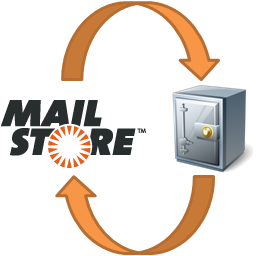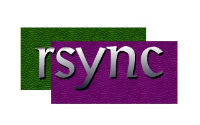04
Jul
Is your MailStore Server archive being backed up?
 In the last couple of weeks I've come across a few customers with MailStore installations where they've experienced corruption of their archived data due to either a damaged disk, RAID failure or power outage for example.
All of these situations are of course completely outside of MailStore's control but they're ones where the only practical recovery method is to rebuild from a previous backed up version of the MailStore data.
In the last couple of weeks I've come across a few customers with MailStore installations where they've experienced corruption of their archived data due to either a damaged disk, RAID failure or power outage for example.
All of these situations are of course completely outside of MailStore's control but they're ones where the only practical recovery method is to rebuild from a previous backed up version of the MailStore data.


 We had an interesting support call the other day that I thought might be useful to share.
The customer who called was using BackupAssist on multiple sites and using rsync jobs to backup from a number of Windows machines, to a central one running CWRsync. Everything was working well but there was some confusion as to how much space each job was taking up on the rsync server.
We had an interesting support call the other day that I thought might be useful to share.
The customer who called was using BackupAssist on multiple sites and using rsync jobs to backup from a number of Windows machines, to a central one running CWRsync. Everything was working well but there was some confusion as to how much space each job was taking up on the rsync server.

 If you've ever used BackupAssist to run an rsync job to a remote NAS device, you may be familiar with the built in 'seed' function. This bypasses the need to run a large backup for the first time over the network and instead uses a USB hard drive to move the data manually. After the seed job has completed, the drive is disconnected from the BackupAssist server and plugged directly into whatever is performing the role of the rsync server. Often it's a NAS device, but I also talk to customers who choose to run either a Linux server which has native rsync support or even a Windows box using the free open source
If you've ever used BackupAssist to run an rsync job to a remote NAS device, you may be familiar with the built in 'seed' function. This bypasses the need to run a large backup for the first time over the network and instead uses a USB hard drive to move the data manually. After the seed job has completed, the drive is disconnected from the BackupAssist server and plugged directly into whatever is performing the role of the rsync server. Often it's a NAS device, but I also talk to customers who choose to run either a Linux server which has native rsync support or even a Windows box using the free open source